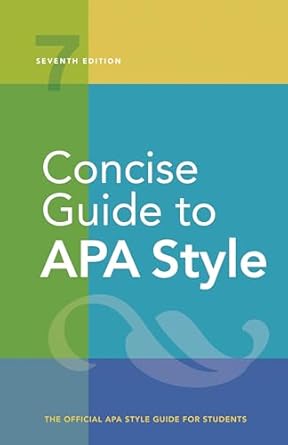[toc]
title case rules a comprehensive guide
Concise Guide to APA Style: 7th Edition (OFFICIAL)
Page 131 Review
Understanding Title Case: A Comprehensive Guide
Title case is a capitalization style used in titles and headings.
It’s important for maintaining consistency and professionalism in writing.
This guide breaks down the rules and provides examples based on the provided text.
What is Title Case?
The text defines major and minor words, which dictate how we capitalize in title case.
According to the text, “Capitalization of pronouns, and all words of four letters or more are considered major words.
Short (i.e., three letters or fewer) conjunctions, short prepositions, and all articles are considered minor words.” This distinction is key to understanding title case rules.
Key Rules of Title Case
The provided text outlines the core principles of title case.
Let’s examine them:
Capitalizing Major Words
“In title case, capitalize the following words in a title or heading: the first word, even a minor word such as ‘The’; the first word of a subtitle, even if it is a minor word; the first word after a colon, em dash, or end punctuation in a heading, even if it is a minor word; major words, including the second part of hyphenated major words (e.g., ‘Self-Report,’ not ‘Self-report’); words of four letters or more (e.g., ‘With,’ ‘Between,’ ‘From’).”
This means the first word is always capitalized, regardless of its length or grammatical function.
Similarly, anything following a colon, em dash, or end punctuation also gets a capital letter start.
And, of course, all major words should be capitalized.
Lowercasing Minor Words
“Lowercase only minor words that are three letters or fewer in a title or heading (except the first word in a title or subtitle or the first word after a colon, em dash, or end punctuation in a heading): short conjunctions (e.g., ‘and,’ ‘as,’ ‘but,’ ‘for,’ ‘if’ ‘nor,’ ‘or,’ ‘so,’ ‘yet’); articles (‘a,’ ‘an,’ ‘the’); short prepositions (e.g., ‘as,’ ‘at,’ ‘by,’ ‘for,’ ‘in,’ ‘of,’ ‘off,’ ‘on,’ ‘per,’ ‘to,’ ‘up,’ ‘via’).”
Minor words, like articles (a, an, the) and short prepositions (in, on, at) are generally lowercased unless they appear at the beginning of a title or subtitle or after punctuation.
When to Use Title Case
The excerpt specifies several situations where title case is appropriate:
Titles of Works
“Use title case for the following: titles of articles, books, reports, and other works appearing in text.” Examples include: “In the book Bilingualism Across the Lifespan: Factors Moderating Language Proficiency” and “In the article ‘Media Influences on Self-Stigma of Seeking Psychological Services: The Importance of Media Portrayals and Person Perception’.”
Titles of Tests and Measures
“Titles of tests or measures, including subscales (see Section 5.8)” also require title case.
For instance: “Wechsler Adult Intelligence Scale” and “WAIS-IV Verbal Comprehension Index.”
Headings within a Work
“All headings within a work (Levels 1-5; see Section 1.26); the title of your paper and of named sections within it.” This means that headings like “the Data Analyses section” should also adhere to title case.
Practical Examples and Application
To solidify understanding, let’s apply these rules to create a title:
Original phrase: a study of the effects of social media on teenagers
Title case: A Study of the Effects of Social Media on Teenagers
Here, “A” (first word), “Study,” “Effects,” “Social,” “Media,” and “Teenagers” are capitalized because they are either the first word or major words. “of” and “the” are lowercased because they are minor words that do not fall under the exceptions.
Conclusion
Mastering title case requires understanding the distinction between major and minor words and knowing when exceptions apply.
By following these guidelines, you can ensure your writing is professional and consistent across various contexts.
Remember that paying attention to detail and carefully reviewing your titles and headings is key to successfully implementing title case.
The rules presented in the provided text offer a solid foundation for effectively applying this important capitalization style.
Buy full ebook for only $18: https://www.lulu.com/shop/american-psychological-association/concise-guide-to-apa-style-7th-edition-official/ebook/product-rmzpq54.html?page=1&pageSize=4


Leave a Reply